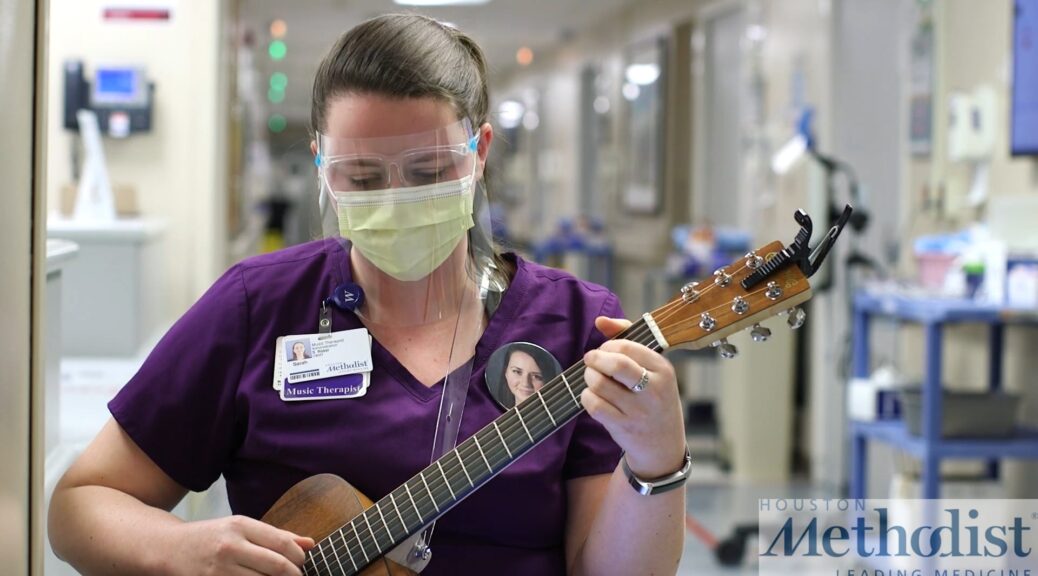When Dr. Joseph Betancourt spoke on “Solutions for Disparities: Delivering Quality Care to Diverse Populations” in Chattanooga several years ago, he delivered both unusual expertise and a personal model for future healthcare. Dr. Betancourt’s family came from Puerto Rico to NYC and he talked about his childhood as interpreter for his grandparents to their doctors. Today, Joseph Betancourt, MD, MPH, is the Senior Vice President of Equity and Community Health at Massachusetts General Hospital, the founder, senior advisor and faculty of the Disparities Solutions Center (DSC) at Mass General, Faculty at the Mongan Institute, an Associate Professor of Medicine at Harvard Medical School and a practicing Internal Medicine physician.
Continue reading Multicultural Healthcare and Disparities – by Deborah Levine







